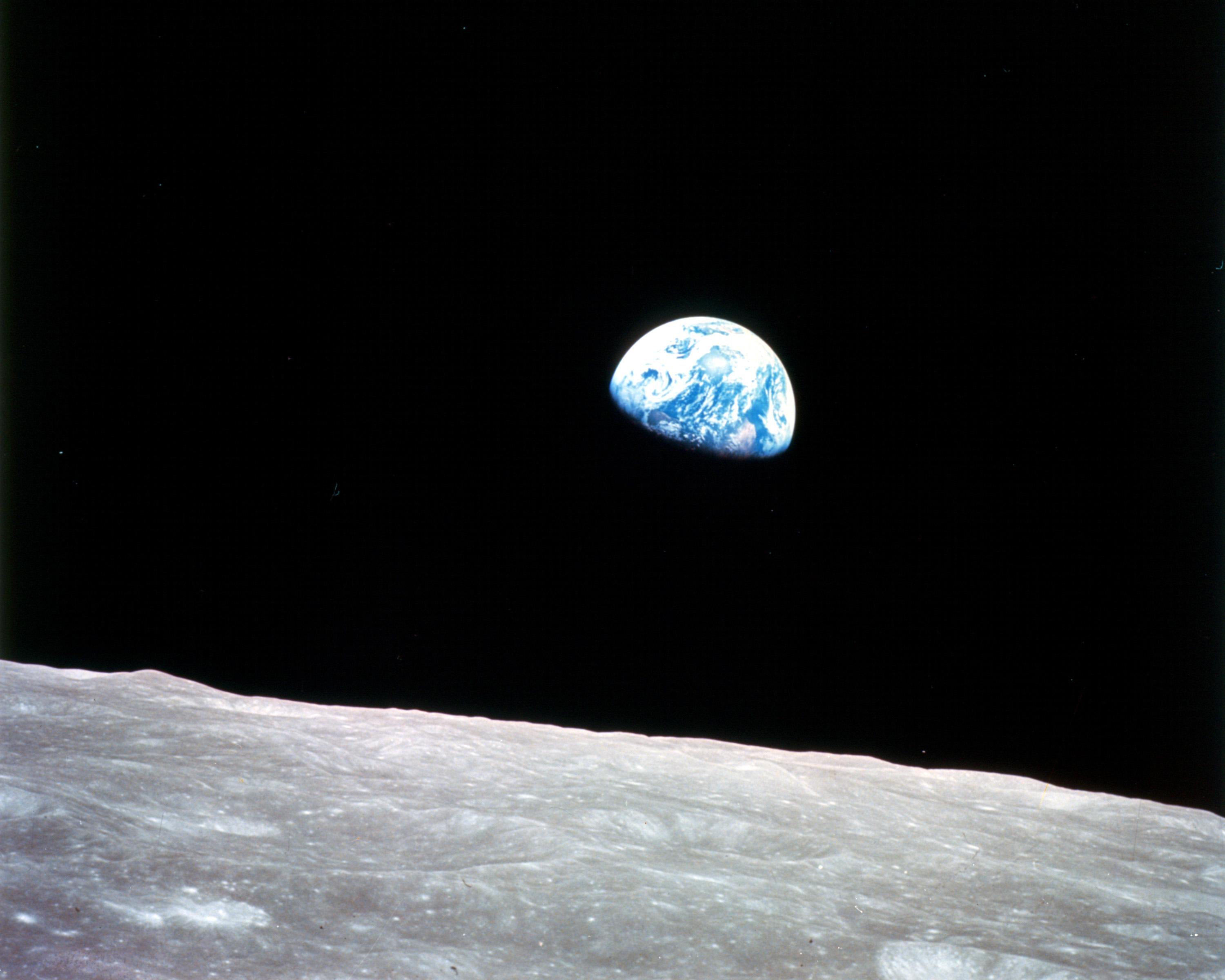
Minnesota Mathematics of Climate Seminar

Uncertainty Quantification for Overshoots of Tipping Threshold
Paul Ritchie
University of Exeter
11:15 am CDT, Tuesday, October 28, 2025
570 Vincent Hall (also streamed via Zoom)
Many subsystems of the Earth are at risk of undergoing abrupt transitions from their current stable state to a drastically different, and often less desired, state due to anthropogenic climate change. One common mechanism for tipping to occur is via forcing a nonlinear system beyond a critical threshold that signifies self-amplifying feedbacks inducing tipping. However, previous work has shown that it is possible to briefly overshoot a critical threshold and avoid tipping. For some cases, the peak overshoot distance and the time a system can spend beyond a threshold are governed by an inverse square law relationship. In the real world or complex models, critical thresholds and other system features are highly uncertain. In this presentation, we look at how such uncertainties affect the probability of tipping from the perspective of uncertainty quantification. We show the importance of constraining uncertainty in the location of the critical threshold and the linear restoring rate to the systemís stable state in a simple box model for the Atlantic Meridional Overturning Circulation (AMOC). Thereby, we highlight the need to constrain the highly uncertain diffusive timescale within the box model to reduce tipping uncertainty for overshoot scenarios of the AMOC.
The meetings are held in 570 Vincent Hall at 11:15 am Central Time on Tuesdays, followed by an extended discussion over lunch. If you would like to participate remotely, please contact Richard McGehee <mcgehee@umn.edu>.
Richard McGehee,
School of Mathematics,
<mcgehee@umn.edu>
Clarence Lehman,
College of Biological Sciences,
<lehman@umn.edu>
This seminar examines some of the simpler mathematical models of climate in the recent literature. Participants are encouraged to read a paper and report on it to the other participants, but passive participation is also welcomed. Course credit can be arranged either through the School of Mathematics or the Department of Ecology, Evolution and Behavior by arrangement with the organizers.